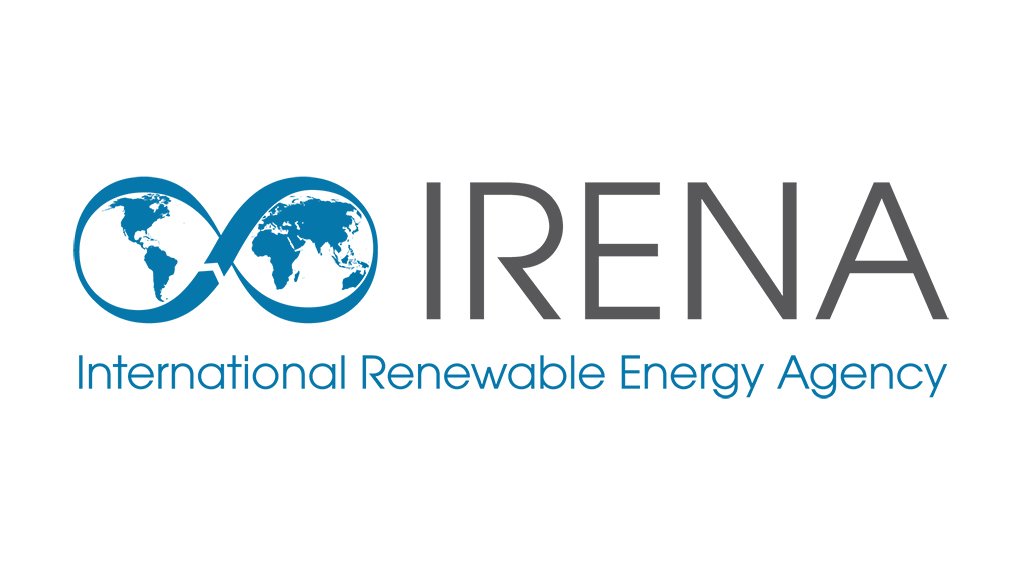- International Renewable Energy Agency20.44 MB
The 28th Conference of the Parties to the United Nations Framework Convention on Climate Change (COP28) in the United Arab Emirates called upon countries to achieve a tripling of installed renewable power generation capacity by 2030 in order to keep the world on a pathway compatible with the 1.5°C climate goal.
Despite the addition of a record 473 gigawatts of new renewable power capacity in 2023 – representing a 54% increase on that added in the previous year – the trajectory of global capacity additions remains below that required to meet the tripling target. Yet, whilst progress in onshore and offshore wind, hydropower, geothermal and bioenergy for power are all lagging, the welcome acceleration in solar PV means there is still time to accelerate growth in these renewable power options to ensure the 2030 target is met.
The G7 will play an important role in delivering on this global goal, both directly through the expansion of renewable power capacity within its members, and indirectly by leading action to address deployment and integration barriers, and supporting emerging and developing economies (EMDEs) in delivering their contributions to the global tripling goal. Crucial enabling actions include grid modernisation and expansion, scaling-up electricity storage, unlocking low-cost finance volumes – especially in emerging and developing economies – and delivering the skilled workforce needed for the transition.
This report illustrates the progress achieved across a range of energy transition metrics and offers key recommendations to the G7 on how best to advance their aims and keep the world on track to meet the goals of COP28 and the Paris Agreement.
Report by the International Renewable Energy Agency
EMAIL THIS ARTICLE SAVE THIS ARTICLE ARTICLE ENQUIRY
To subscribe email subscriptions@creamermedia.co.za or click here
To advertise email advertising@creamermedia.co.za or click here











